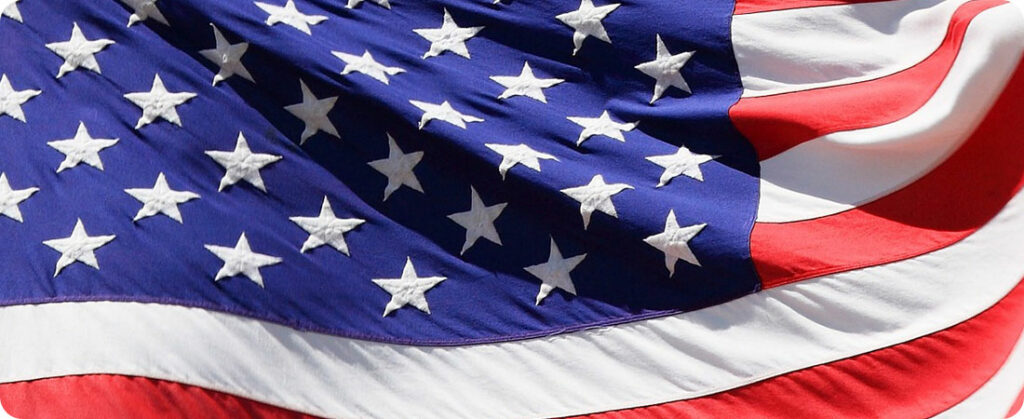
In the third quarter of last year, there was an increase in the total costs of transporting corn and soybeans through the US Gulf route compared to the previous quarter. This change was detailed in a report from the United States Department of Agriculture (USDA). In contrast, costs on the Pacific Northwest (PNW) route for both commodities saw a slight decline.
According to the USDA Grain Transportation Report, the costs of transporting bulk grain from Minneapolis to Japan via the Gulf have increased significantly. An increase of 21.6% in costs was observed, going from an average of US$ 83.43 to US$ 101.50 per ton. This increase was mainly due to a jump of almost 104% in barge rates, which rose from US$17.68 to US$35.99 per ton. Truck rates also increased, from US$ 14.19 to US$ 14.75 per ton, representing an increase of 3.9%. On the other hand, sea freight rates experienced a reduction of 1.5%, falling from US$ 51.56 to US$ 50.76.
In the third quarter, transportation costs were 22% lower than the previous year, despite restrictions on the Mississippi River and slow export sales. January 4 report.
Challenges and opportunities in grain transportation: Analysis of routes and costs in the USA
Soybean shipments via the Gulf route suffered a significant reduction of 25%, totaling 3.7 million tons. These represented 77% of total soy inspections. Additionally, corn inspections in the Gulf in Q3 2023 were 4.4 million tons, a reduction of 25% from the previous year, corresponding to 65% of the total.
In the week ending December 28, 2023, inspected grains totaled 69.8 million bushels, showing a weekly reduction of 36%, an annual reduction of 19% and 39% below the three-year average. Additionally, the United States exports approximately a quarter of its grain production, including almost 45% of wheat, 50% of soybeans, and 20% of corn.
In 2019, about 55% of US grain export shipments passed through the Gulf region. On the other hand, reduced rail and shipping rates contributed to lower transportation costs from Minneapolis to Japan via the PNW route. For example, corn saw a 2.1% reduction in cost, while soybeans reduced 1.4% in the third quarter of 2023. Rail rates decreased by 3% for corn and 2% for soybeans, while sea rates decreased by 3.25%. However, quarterly trucking costs for both commodities increased by 3.9%.
Compared to the previous year, the PNW route saw a significant drop in total corn and soybean transportation costs, with reductions of 16.5% and 15.6%, respectively.
Source: Oils & Fats International










